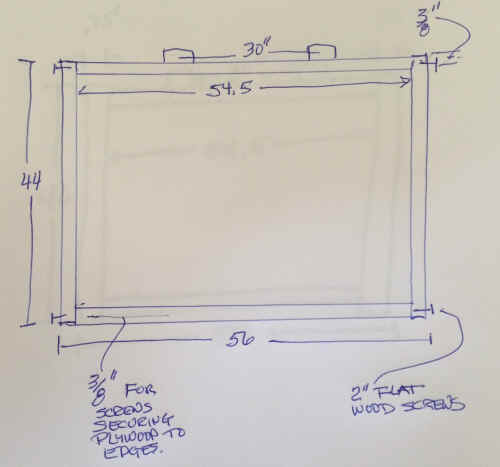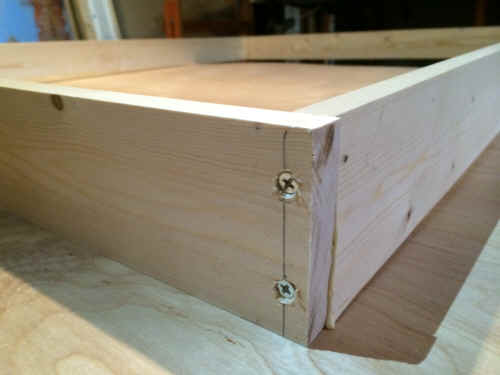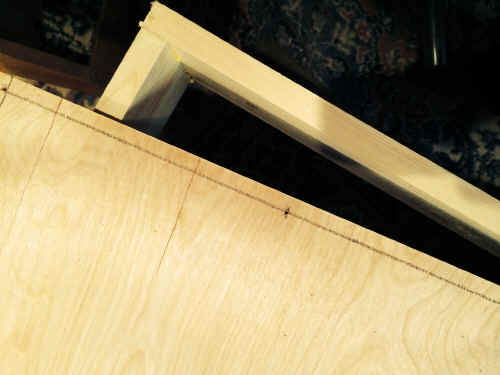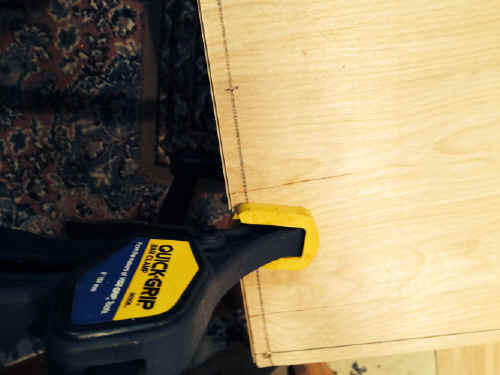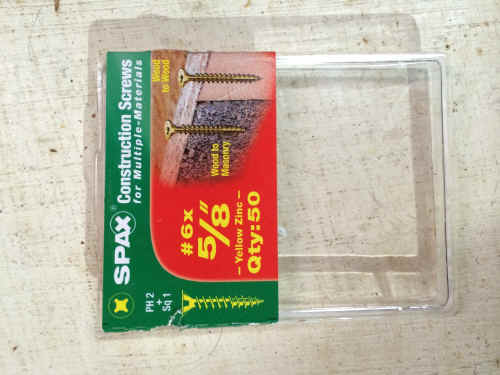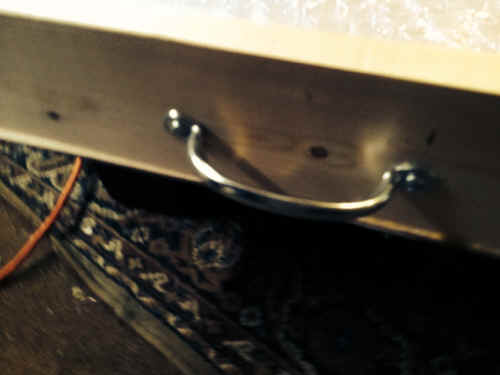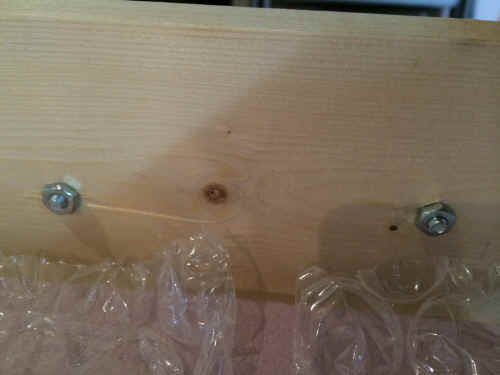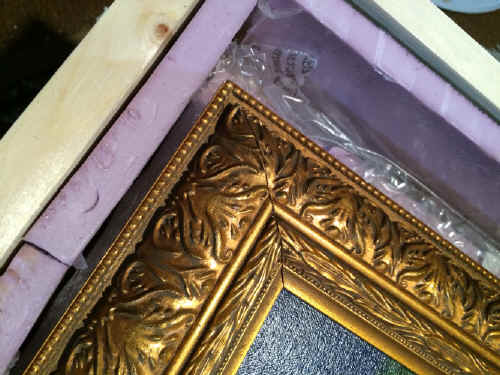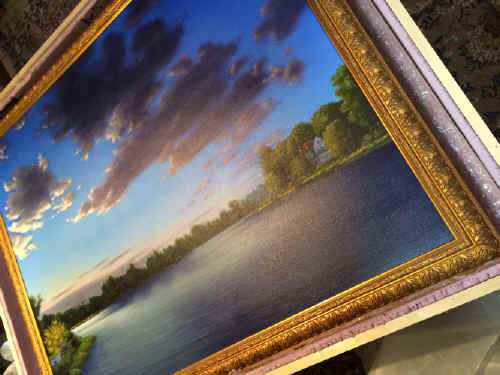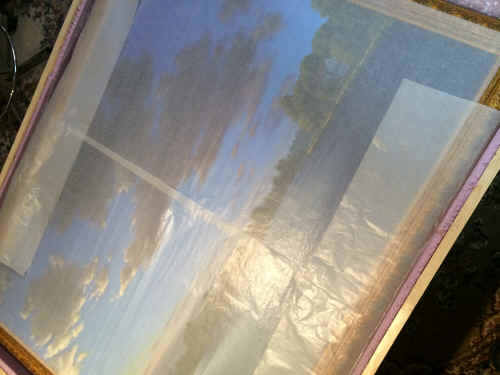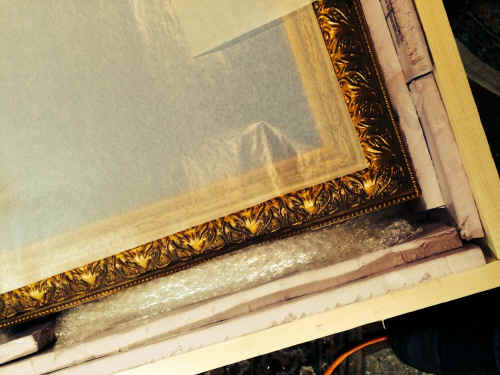Self-Forgivness
The following passage by E.H. Gombrich was a revelation to me, maybe an epiphany. I had been looking for a way to break out of my old habits when I found this. It became the central idea of a “Self-forgiveness Theory.” It says to keep trying, modifying, and correcting -- that the eraser is the tool of more expressive realism. In almost mystical terms: trying to create perfection is impossible, but forgiving yourself and your drawings for being imperfect and constantly refining your vision is possible.
“Seen in this light, that dry psychological formula of schema and correction can tell us a good deal, not only about the essential unity between medieval and post-medieval art, but also of their vital difference. To the Middle Ages, the schema is the image, to the post-medieval artist, it is the starting point for corrections, adjustments, adaptations, the means to probe reality and to wrestle with the particular. The hallmark of the medieval artist is the firm line that testifies to the mastery of his craft. That of the post-medieval artist is not facility, which he avoids, but constant alertness. Its symptom is the sketch, or rather the many sketches which precede the finished work and, for all the skill of hand and eye of the master, a constant readiness to learn, to make and match and remake till the portrayal ceases to be a second hand formula and reflects the unique and unrepeatable experience the artist wishes to seize and hold.”
Art & Illusion: A study in Psychology of Pictorial Representation, Page 173
-- E. H. Gombrich
Saturday, December 27, 2014
Brookgreen Putto 1 (Boy with Dove)
Sunday, November 23, 2014
Brookgreen Gardens Project
Seaweed Fountain byBeatrice Fenton
Wednesday, October 29, 2014
Another Barn -October 2014
Friday, September 19, 2014
September 2014 Class Demonstration
Sunday, April 13, 2014
Making a Shipping Crate for Large Artwork
- 2 - sheets of 1/4" plywood (cut to crate size 56" x 44". Some hardware stores will do these cuts for you.) For all your wood products use smooth finished surfaces. -- nobody wants a splinter. Avoid composite boards, but look for lightweight. I used under-layment and it was very smooth.
- 2 - Sheets of 5' x 8' foam insulation
- 2 - 1" x 4" 8' wood planks(2cut to 44" and 2 cut to 54.5". (AS I build the edges of the box, rather than 56", I have to adjust for the 3?4" thickness of the 1" x 4".
- 2 - Door Pulls
- 4 - 1'' bolts with nuts and locking washer
- 1 box of 5/8" or larger flat head wood screws 60+ count
- 8 - 2" flat head wood screws
- Carpenters glue
- 4 - Corner braces (When I finished this crate, I was happy with the firmness of the project and didn't use the corners. When I have used them, I put them on the inside corners, so that they would not scratch any floors' however you must put a lot of packing between them and your painting's frame, )
